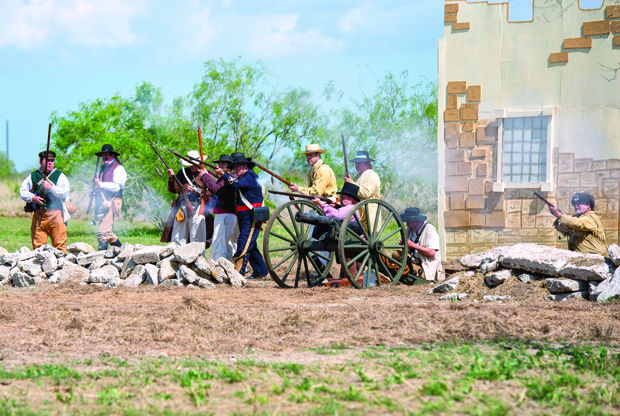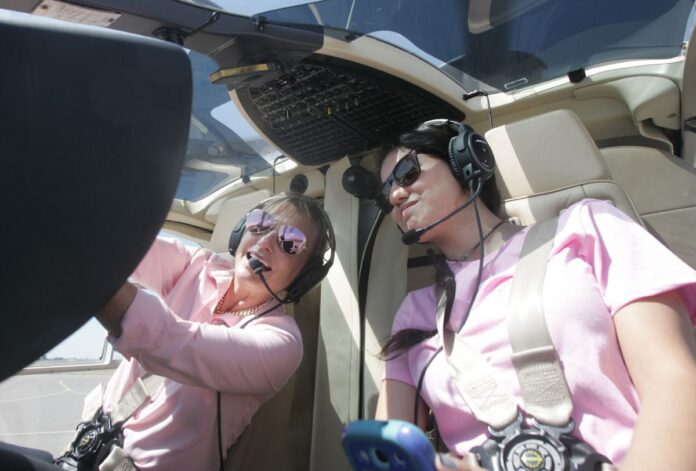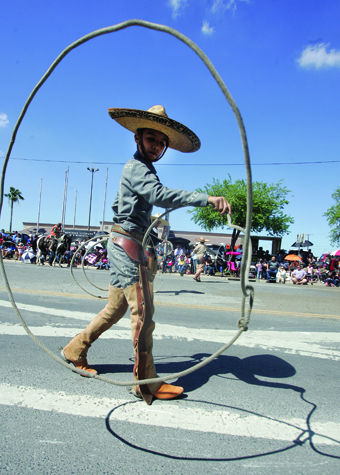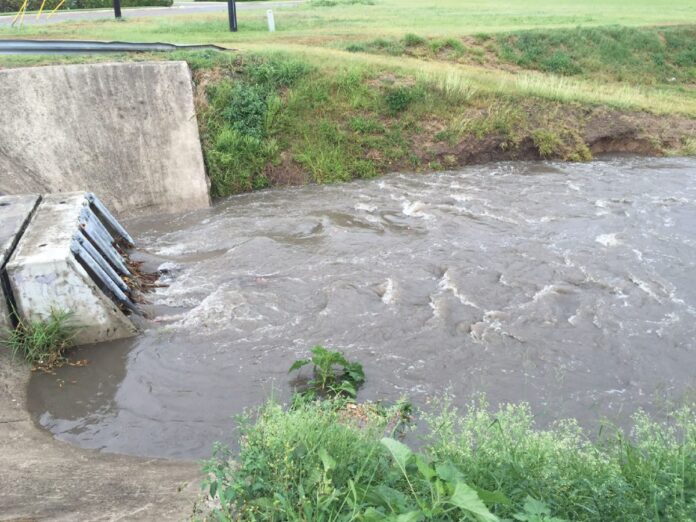Thanks largely to the efforts of a three-man nonprofit organization calling itself “Friends of RGV Reef,” an unprecedented project to boost fish populations along the Texas Gulf coast and provide an innovative model for artificial reef building worldwide is becoming a reality.
And they want your clean concrete.
Although the RGV Reef is envisioned as a large-scale, multi-year project, Gary Glick, president of the organization, said he wants local anglers to have plenty of red snapper to catch this summer in state waters.
The federal red snapper season is only 10 days long and typically starts June 1. Texas allows red snapper fishing year round, though the scarcity of habitat and the abundance of people trying to catch them make red snapper hard to find in state waters, Glick said.
As such, he wants to start laying rip-rap offshore as soon as possible. When complete, the RGV Reef will be a combination of low, medium and high-relief structures. Low-profile reef — basically chunks of concrete on the sea floor — makes for prime red snapper nursery habitat, he said.
No other artificial reef in Texas waters contains low-relief material, so they’re no good for raising baby red snapper, Glick said. The RGV Reef will test the effectiveness of low-profile reef, which provides the “hidey holes” baby fish need to survive, he said.
“I wanted someplace for people to fish after June 10,” Glick said. “That’s why I’m in such a rush. Now is the time for concrete.”
Glick’s brother Bob, who owns a sporting goods store in Pharr, is secretary/treasurer of the group. The brothers have been fishing the Gulf and the Rio Grande Valley their whole lives. Rounding out Friends is vice president Daniel Bryant, an onshore/offshore construction contractor based in Brownsville. He’s the one to talk to about donating concrete rip-rap.
“I want people in Brownsville to understand that instead of taking rip-rap to the dump they can take it to us,” Glick said. “We’re accredited by the IRS as a nonprofit charity and I can write donation receipts. Either Friends of RGV Reef or Texas Parks and Wildlife will carry that material out there and make fish houses out of it.”
The Port of Brownsville is providing space to store the reef material, he said. The first load of concrete delivered to the site came from Erasmo Lopez and L&G Transport Services.
Although Glick and his brother founded the organization, the project would have gone nowhere without the enthusiastic support of many stakeholders, he said. The first reef meeting, which took place on Feb. 7, was a gathering of those stakeholders.
The meeting included port director and CEO Eduardo Campirano; Richard Kline, associate professor of biology at the University of Texas Rio Grande Valley, whose research helped inspire the low-relief component; and Joe Vega, mayor of Port Isabel and director of Cameron County Parks.
The meeting also included John Blaha, assistant director of the Coastal Conservation Association of Texas; a representative from South Padre Island charter boat captains’ association; and Dale Shively, head of the Texas Parks and Wildlife Department’s artificial reef program.
“(Shively) is the guy who gets the thing nobody can get, and that is the reef permit,” Glick said.
The permit has to be cleared through the Texas Historical Commission and THC’s Archeology Division, the U.S. Coast Guard district office in New Orleans, the U.S. Army Corps of Engineers and “the people who own the bottom, the Texas General Land Office,” he said.
“When (Shively) speaks we roll over like an old yellow dog,” Glick said. “He said this was the best stakeholder support that he’d ever seen at a preliminary meeting.”
The RGV Reef plan calls for material to be distributed over 1,600 acres in 65 to 75 feet of water, 7.4 nautical miles offshore and 13 nautical miles north of South Padre Island. It will be much larger than any artificial reef in Texas waters, all of which combined only total 4,000 acres.
The first items that will actually be sunk — made possible by private fund-raising, including $50,000 from the Texas International Fishing Tournament — are a shrimp boat and a tug boat that have been thoroughly cleaned, Glick said.
“We’re going to restore lost or damaged habitat and we’re going to make a great place to fish, which has economic development benefits,” he said.
Since the current along the Texas coast sweeps to the north, the site of the RGV Reef means anglers all along the coast will reap the benefits — not just many more red snapper but other game fish as well, Glick said.









